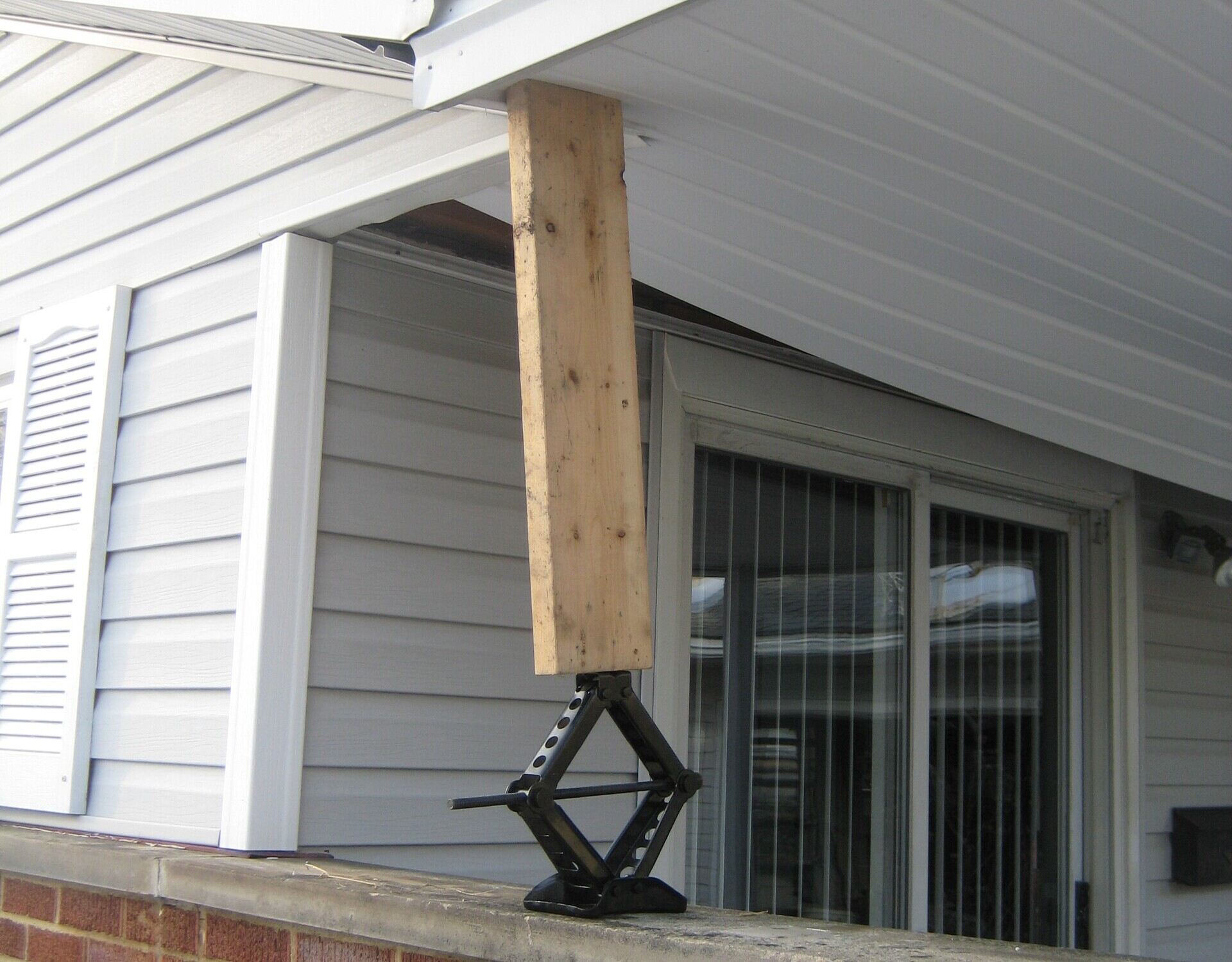

Articles
How To Jack Up A Porch
Modified: May 6, 2024
Learn how to jack up a porch with these informative articles. Get step-by-step instructions and expert tips to ensure a successful porch elevation.
(Many of the links in this article redirect to a specific reviewed product. Your purchase of these products through affiliate links helps to generate commission for Storables.com, at no extra cost. Learn more)
Introduction
Welcome to our practical guide on how to jack up a porch. Over time, porches can experience settlement, causing them to sink or become uneven. This can not only be unsightly but also pose potential safety hazards. Jacking up a porch is a necessary step to restore its stability and levelness. While this task may seem daunting, with the right tools and knowledge, you can successfully lift and level your porch to ensure a safe and aesthetically pleasing outdoor space.
In this article, we will take you through a step-by-step process of jacking up a porch, providing you with a comprehensive understanding of the necessary tools, materials, and techniques. Whether you are a seasoned DIY enthusiast or a homeowner looking to tackle this project, our guide will equip you with the knowledge needed to successfully complete the task.
Please note that before embarking on any home improvement project, it is essential to assess your proficiency and understanding of the process. If you are unsure or uncomfortable with any step, it is always best to consult with a professional contractor or structural engineer for assistance. Remember, your safety and the integrity of your home should always be the top priority.
Now, let us dive into the details and get started on how to jack up your porch.
Key Takeaways:
- Ensure safety and stability by assessing the porch’s condition, gathering the right tools, and carefully lifting and securing the structure. Proper preparation and attention to detail are crucial for a successful porch jacking project.
- Regular maintenance and inspections are essential for preserving the porch’s stability and preventing future settlement. Address any signs of damage promptly to maintain a safe and aesthetically pleasing outdoor space.
Read more: How To Jack Up Floor Joists
Step 1: Assessing the stability of the porch
Before proceeding with any lifting or leveling work, it is crucial to evaluate the stability of your porch. This step will help you determine the extent of the settlement and any underlying issues that may need to be addressed.
Start by visually inspecting the porch for any visible signs of damage or displacement. Look for cracks in the concrete or foundation, sloping floors, gaps between the porch and the house, or any other signs of structural issues. Take note of the areas that appear uneven or unstable.
Next, perform a weight test. Carefully walk around the porch, paying attention to any areas that feel particularly soft or sink under your weight. This can indicate areas of settlement or rotting wood.
Additionally, use a level tool to check the slope of the porch. Place the level on different parts of the porch, including the floor, steps, and railings, to identify any significant deviations from levelness.
If you notice any severe issues or are unsure about the stability of your porch, it is advisable to consult a professional to assess the situation. They will be able to provide expert guidance and recommend the appropriate course of action.
However, if the settlement seems minor and the porch is generally stable, you can proceed with the jacking-up process. Just remember to always prioritize safety and take necessary precautions during each step of the process.
Step 2: Gathering the necessary tools and materials
Before you can start jacking up your porch, you’ll need to gather the proper tools and materials. Having everything prepared beforehand will save you time and ensure a smooth process. Here’s a list of the essential tools and materials you’ll need:
1. Jack stands: These will be the primary tool used to lift and support your porch. Choose high-quality jack stands that can handle the weight of your porch and provide stability during the lifting process.
2. Hydraulic jacks: These jacks are used in conjunction with the jack stands to lift the porch. Make sure to select jacks that have a sufficient weight capacity and are compatible with your jack stands.
3. Shims: Shims are thin, tapered pieces of material that are used to fill gaps and provide support. You may need shims to level the porch once it has been lifted.
4. Measuring tools: A tape measure and a level will be necessary for measuring and ensuring proper alignment of the porch during the lifting and leveling process.
5. Safety equipment: Don’t forget to prioritize safety. Wear protective gear such as gloves, goggles, and sturdy footwear to protect yourself from potential hazards.
6. Additional materials: Depending on the specific needs of your porch, you may also require materials such as pressure-treated lumber, concrete, gravel, or mortar to address any underlying issues or support structures.
Now that you have gathered all the necessary tools and materials, you are ready to proceed to the next step: preparing the work area.
Step 3: Preparing the work area
Preparing the work area is a crucial step in ensuring a safe and efficient jacking up process. By taking the time to properly prepare the area, you can minimize the risk of accidents and optimize the effectiveness of your work. Follow these steps to prepare your work area for jacking up the porch:
1. Clear the area: Remove any furniture, plants, or other objects from the porch and its immediate vicinity. This will create a clear and clutter-free space to work in.
2. Secure loose items: Secure any loose items such as loose boards, railing panels, or other components that could pose a hazard during the lifting process. Use screws or nails to firmly attach them to the porch or temporarily remove them if necessary.
3. Assess the ground conditions: Check the ground beneath the porch for stability. If the ground is soft or uneven, consider laying down plywood sheets or using temporary support under the jacks to provide additional stability. This will prevent the jacks from sinking or tilting during the lifting process.
4. Set up safety measures: Install caution signs or barriers around the work area to alert others to the ongoing construction work. If necessary, block off access to the porch to prevent accidental entry during the process.
5. Prepare the jacking points: Determine the optimal points to position the jacks and jack stands. These points should be strong and stable areas on the porch that can support the weight of the structure. Use the tape measure and level to ensure the jacks are positioned evenly and at the appropriate height to achieve the desired lift.
6. Double-check your tools and equipment: Before proceeding, double-check that all your tools and equipment are in good working condition. Ensure that the jack stands, hydraulic jacks, and other tools are properly functioning and well-maintained.
By following these steps and adequately preparing the work area, you are now ready to move on to the next step: placing the jack stands under the porch.
Step 4: Placing jack stands under the porch
Now that you have prepared the work area, it’s time to start placing the jack stands under the porch. The jack stands will provide the support necessary to safely lift and stabilize the porch. Follow these steps to properly position the jack stands:
1. Position the hydraulic jacks: Place the hydraulic jacks at the predetermined jacking points on the porch. These points should be strong and stable areas that can bear the weight of the structure. Ensure that the jacks are positioned evenly and at a height that will allow the porch to be raised adequately.
2. Extend the telescopic arms: Use the hydraulic mechanism to extend the telescopic arms of the jack stands. The arms should be long enough to reach the underside of the porch and provide secure support.
3. Position the jack stands: Carefully slide the jack stands under the porch, aligning the telescopic arms with the underside of the structure. Ensure that the supports are positioned symmetrically, ideally on either side or at equal intervals along the width of the porch.
4. Adjust the height: As you position each jack stand, adjust the height of the telescopic arms to match the level of the underside of the porch. This will ensure consistent support and stability throughout the lifting process.
5. Double-check stability: Once all the jack stands are in place, double-check their stability and ensure they are securely positioned. Gently shake the porch to test the stability of the jack stands. If needed, make any necessary adjustments to ensure a secure fit.
Remember, proper placement of the jack stands is essential for the safety and effectiveness of the lifting process. Investing time and attention in this step will help prevent accidents or damage to the porch or surrounding structures.
With the jack stands in place, you are now ready to move on to the next step: raising the porch using the jacks.
Read more: How To Jack Up A Shed
Step 5: Raising the porch using the jacks
With the jack stands securely positioned, it’s time to start raising the porch using the hydraulic jacks. This step requires caution and precision to ensure a smooth and controlled lift. Follow these steps to safely raise the porch:
1. Begin with even pressure: Start by applying even pressure on the hydraulic jacks. Use the hydraulic mechanism to gradually raise the jacks, applying equal force to each one. This will allow the porch to lift evenly and minimize the risk of tilting or shifting.
2. Lift incrementally: As you raise the jacks, lift the porch in small increments. This will allow you to monitor the lifting process and make any necessary adjustments along the way. Avoid lifting the porch too quickly, as sudden movement can cause damage or instability.
3. Monitor the levelness: As you raise the porch, keep an eye on its levelness using a level tool. Check in multiple locations to ensure that the porch is lifting evenly and maintaining a level position. If you notice any unevenness or tilting, adjust the pressure on the hydraulic jacks as needed.
4. Take regular breaks: Throughout the lifting process, take regular breaks to assess the stability of the porch and make necessary adjustments. This will help you maintain control and ensure the porch is being raised smoothly and securely.
5. Jack up to the desired height: Continue lifting the porch until it reaches the desired height. This could be to level it with the house or to correct any significant settlement. Take your time and exercise caution at this stage to avoid overextending the porch or putting excessive strain on the jacks.
Remember, the goal is to lift the porch gradually and consistently. Rushing or applying uneven pressure can result in structural damage or instability. Ensuring a controlled and even lift will lead to a successful leveling of the porch.
Once the porch has been raised to the desired height, it’s time to secure it and check for stability. This will be covered in the next step.
When jacking up a porch, make sure to use a hydraulic jack and place it on a solid, level surface. Position the jack under a sturdy support beam and slowly raise the porch to the desired height, checking for stability as you go. Always prioritize safety and consider consulting a professional if needed.
Step 6: Securing the porch at the desired height
After successfully raising the porch to the desired height, it’s crucial to secure it in place to maintain stability and prevent any further settling or movement. Follow these steps to effectively secure the porch at the desired height:
1. Insert shims or supporting materials: To ensure the porch remains level and secure, insert shims or supporting materials between the porch structure and the jack stands. This will help fill any gaps and provide additional support.
2. Check for levelness: Use a level tool to confirm that the porch is level at the desired height. Place the level on different parts of the porch, including the floor and steps, to ensure uniform alignment. If any adjustments are needed, carefully lower the porch and make the necessary modifications before re-raising it.
3. Secure the jack stands: Once the porch is level, secure the jack stands in place by tightening the locking mechanisms or using additional fasteners if required. This will prevent any accidental movement or shifting during subsequent steps of the project.
4. Inspect for stability: Carefully inspect the porch for stability. Check for any signs of movement or shifting by gently applying pressure to different areas of the porch. If you notice any instability or concerns, lower the porch and reassess the jack stands and support structure before proceeding.
5. Consider additional reinforcement: Depending on the condition of your porch and the extent of settlement, you may need to implement additional reinforcement methods. This could include securing the porch to the foundation, adding extra support beneath the porch, or addressing any underlying issues that contribute to settlement.
By following these steps, you can ensure that your porch remains securely positioned at the desired height. Taking the time to properly secure the porch will minimize the risk of additional settling and ensure a stable and level structure.
With the porch secured, it’s now time to move on to the next step: checking for stability and making any necessary adjustments.
Step 7: Checking for stability and making adjustments
Once you have secured the porch at the desired height, it’s crucial to thoroughly check for stability and make any necessary adjustments. This step will ensure that your porch remains safe, level, and structurally sound. Follow these steps to properly assess the porch’s stability and make any needed modifications:
1. Walk around the porch: Take a slow walk around the porch, paying close attention to how it feels under your weight. If you notice any areas that feel unstable, soft, or sink under pressure, it could indicate underlying issues such as rotting wood or inadequate support.
2. Inspect the porch for signs of movement: Visually inspect the porch for any signs of movement or shifting. Look for gaps between the porch and the house, cracks in the concrete or foundation, or any other indications of instability. These signs may require further attention and reinforcement.
3. Level check: Use a level tool to ensure that the porch remains level at the desired height. Place the level on different parts of the porch, including the floor, steps, and railings, to verify that they are aligned correctly. If you notice any significant deviations, readjust the jack stands and supports as needed.
4. Address any concerns: If you encounter any stability issues or suspect underlying structural problems, it’s important to address them promptly. Consult with a professional contractor or structural engineer to assess the situation and develop a plan for reinforcement or repairs.
5. Make necessary adjustments: If you identify any areas that require adjustments, carefully lower the porch and address the specific concerns. This may involve reinforcing weak spots, replacing damaged materials, or implementing additional support structures. Take the time to ensure all adjustments are done correctly to achieve long-term stability.
Remember, the stability and safety of your porch are of utmost importance. Take the necessary time and care to thoroughly check for any potential issues and make appropriate adjustments. By doing so, you’ll ensure that your porch remains stable and can withstand regular use for years to come.
Once you are satisfied with the stability and performance of your porch, it’s time to move on to the next step: lowering the porch down.
Step 8: Lowering the porch down
After assessing the stability of your porch and making any necessary adjustments, it’s time to lower it back down to its final position. Lowering the porch requires careful control and attention to ensure a smooth descent. Follow these steps to safely lower your porch:
1. Prepare for the descent: Start by loosening the locking mechanisms or additional fasteners that are securing the jack stands in place. This will allow for easy adjustment as you lower the porch.
2. Release the pressure: Gradually release the pressure from the hydraulic jacks, allowing them to retract slowly. This controlled release will ensure a controlled descent, minimizing any sudden movements or shifts.
3. Monitor the levelness: As you lower the porch, use a level tool to continually monitor its levelness. Check multiple areas, including the floor, steps, and railings, to ensure that the porch is descending evenly and maintaining a level position.
4. Make adjustments if necessary: If you notice any unevenness or tilting during the descent, pause the process and readjust the pressure on the hydraulic jacks. This may involve applying additional pressure to specific areas or releasing pressure from others to achieve a level descent.
5. Lower the porch gently: Continue gradually lowering the porch until it reaches its final position. Take your time and exercise caution to prevent any sudden drops or jarring impacts. The goal is to lower the porch gently and smoothly to avoid any damage or instability.
6. Double-check stability: Once the porch is lowered, check for stability by walking around it again and inspecting for any signs of movement or shifting. If everything appears secure and stable, proceed to the next step. If there are any concerns, reassess the situation and make any necessary adjustments before moving forward.
By following these steps, you can safely and effectively lower your porch back down to its final position. Remember to take your time and exercise caution throughout the process to ensure a successful outcome.
With the porch now lowered, it’s time to move on to the final step: removing the jack stands and cleaning up.
Read more: How To Spruce Up Front Porch
Step 9: Removing the jack stands and cleaning up
After successfully lowering your porch and ensuring its stability, the final step is to remove the jack stands and clean up the work area. This step ensures a safe and tidy completion of your jacking up project. Follow these steps to properly remove the jack stands and complete the task:
1. Check stability: Before removing the jack stands, double-check the stability of your porch. Walk around the porch and inspect for any signs of movement, shifting, or instability. If everything appears secure, you can proceed with removing the jack stands.
2. Release pressure: Carefully release any remaining pressure on the hydraulic jacks by slowly turning the release valves. This will allow for a controlled retraction of the jacks.
3. Remove the jack stands: Starting with one jack stand at a time, loosen and remove the supports from beneath the porch. If the jack stands were secured with additional fasteners, remove them as well.
4. Lower the porch: With the jack stands removed, gently lower the porch back down to its final position. Use caution to ensure a smooth and controlled descent.
5. Clean up the area: Once the porch is lowered, clean up the work area by removing any debris, tools, or materials that were used during the jacking up process. Dispose of any waste properly and return any borrowed or rented tools to their respective owners.
6. Inspect the porch: Take a final walk around your porch, checking for any signs of damage or issues that may need further attention. This will ensure that the porch is in optimal condition and ready for use.
By following these steps, you can safely remove the jack stands and complete the cleaning up process. Taking the time to tidy up the area will leave you with a clean and organized outdoor space.
Congratulations! You have successfully jacked up your porch, restored its stability, and improved its overall appearance. Remember, proper maintenance is essential to ensure the long-term integrity and longevity of your porch. Regularly inspect for signs of settlement or damage and address any issues promptly to maintain a safe and sturdy outdoor space.
Thank you for following our comprehensive guide on how to jack up a porch. We hope this step-by-step process has been helpful and that you have achieved great results. Enjoy your level and stable porch!
Conclusion
Congratulations on successfully completing the process of jacking up your porch! By following the steps outlined in this comprehensive guide, you have restored stability, leveled the porch, and created a safer and more aesthetically pleasing outdoor space. Taking the time and effort to properly jack up your porch is essential for maintaining its integrity and enjoying it for years to come.
Throughout this guide, we emphasized the importance of safety, preparation, and attention to detail. By performing a thorough assessment of the porch’s stability, gathering the necessary tools and materials, preparing the work area, and carefully lifting, securing, and leveling the porch, you have ensured a successful outcome for your project.
Remember, proper maintenance and regular inspections are key to preserving your porch’s stability and preventing future settlement. Keep an eye out for any signs of damage, such as cracks or sinking, and address them promptly to avoid further issues.
If at any point during the process you felt uncertain or uncomfortable, it is always recommended to consult with a professional contractor or structural engineer. Your safety and the structural integrity of your porch should always be top priorities.
We hope that this article has provided you with valuable insights and guidance on how to jack up a porch. By following these steps, you have taken an important step towards improving the stability, levelness, and appearance of your outdoor space.
Thank you for reading, and we wish you the best of luck with your porch jacking project!
Now that you've mastered jacking up your porch, why stop there? Dive into the world of DIY projects to discover how rewarding crafting something with your own hands can be. Whether you're fixing up the house or creating something unique, DIY projects offer endless possibilities. Meanwhile, while you're getting hands-on, don't forget to check the foundation. Knowing when you need foundation repair can save you heaps of trouble, ensuring your home remains safe and sturdy. Ready to tackle more around the house? These guides are just what you need.
Frequently Asked Questions about How To Jack Up A Porch
Was this page helpful?
At Storables.com, we guarantee accurate and reliable information. Our content, validated by Expert Board Contributors, is crafted following stringent Editorial Policies. We're committed to providing you with well-researched, expert-backed insights for all your informational needs.

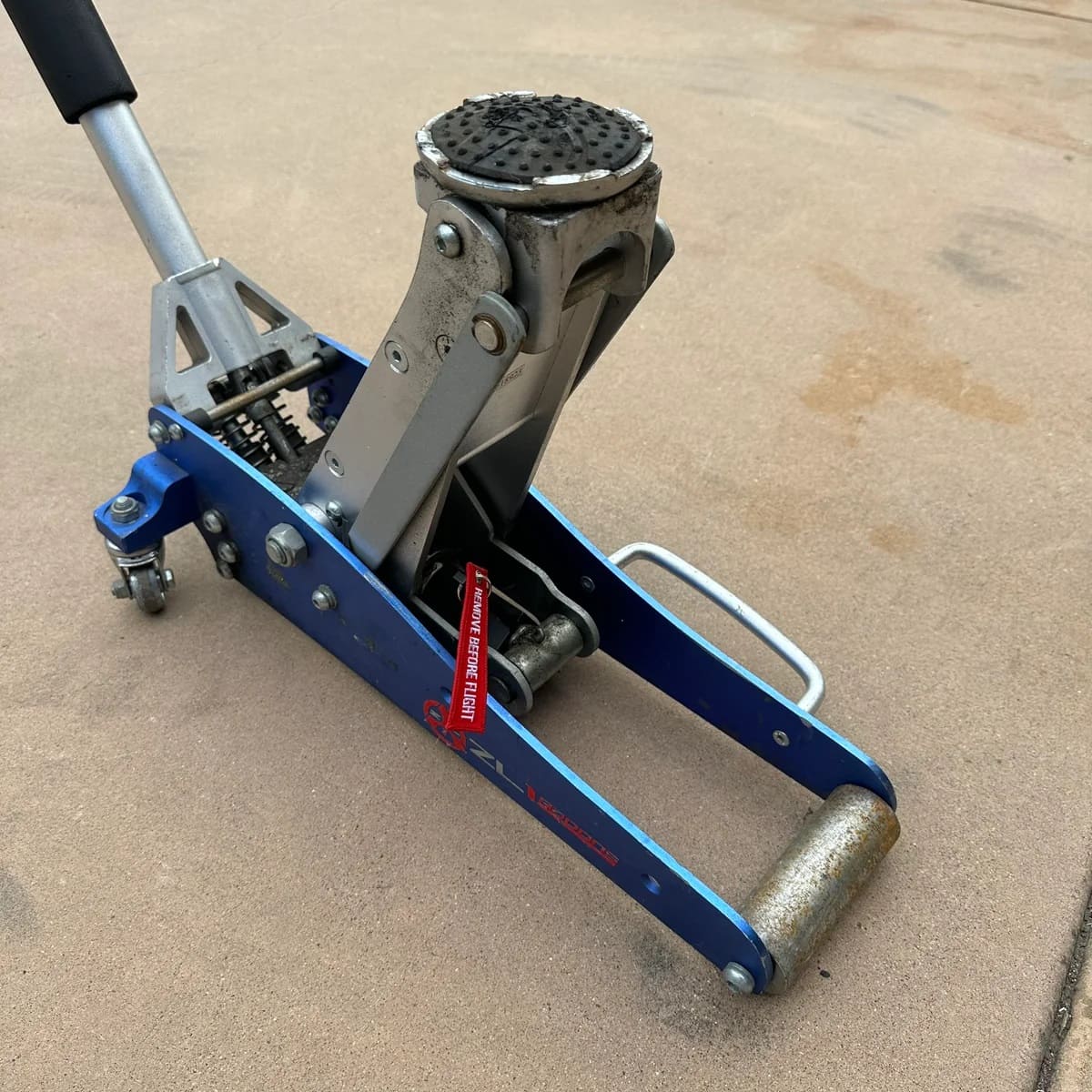
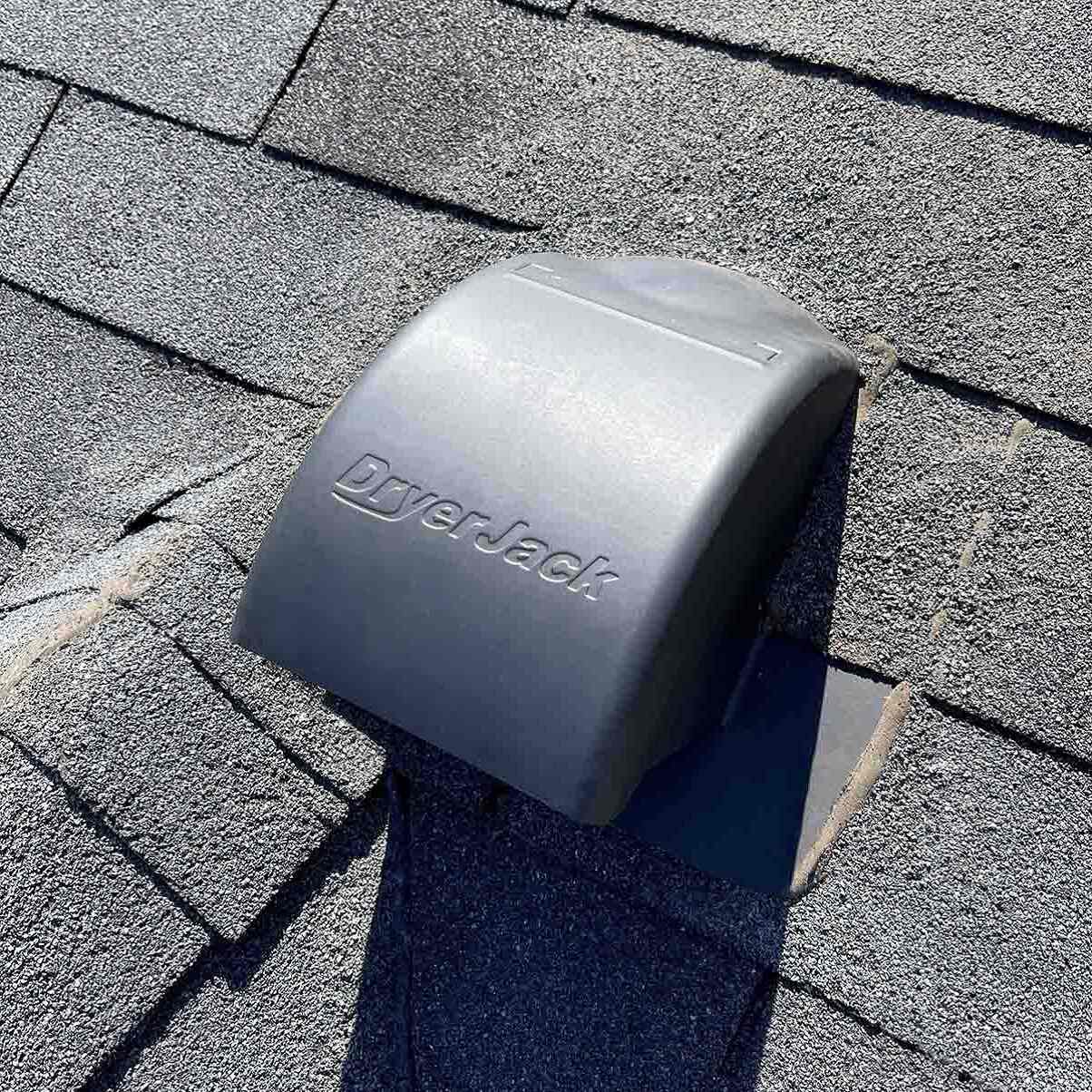

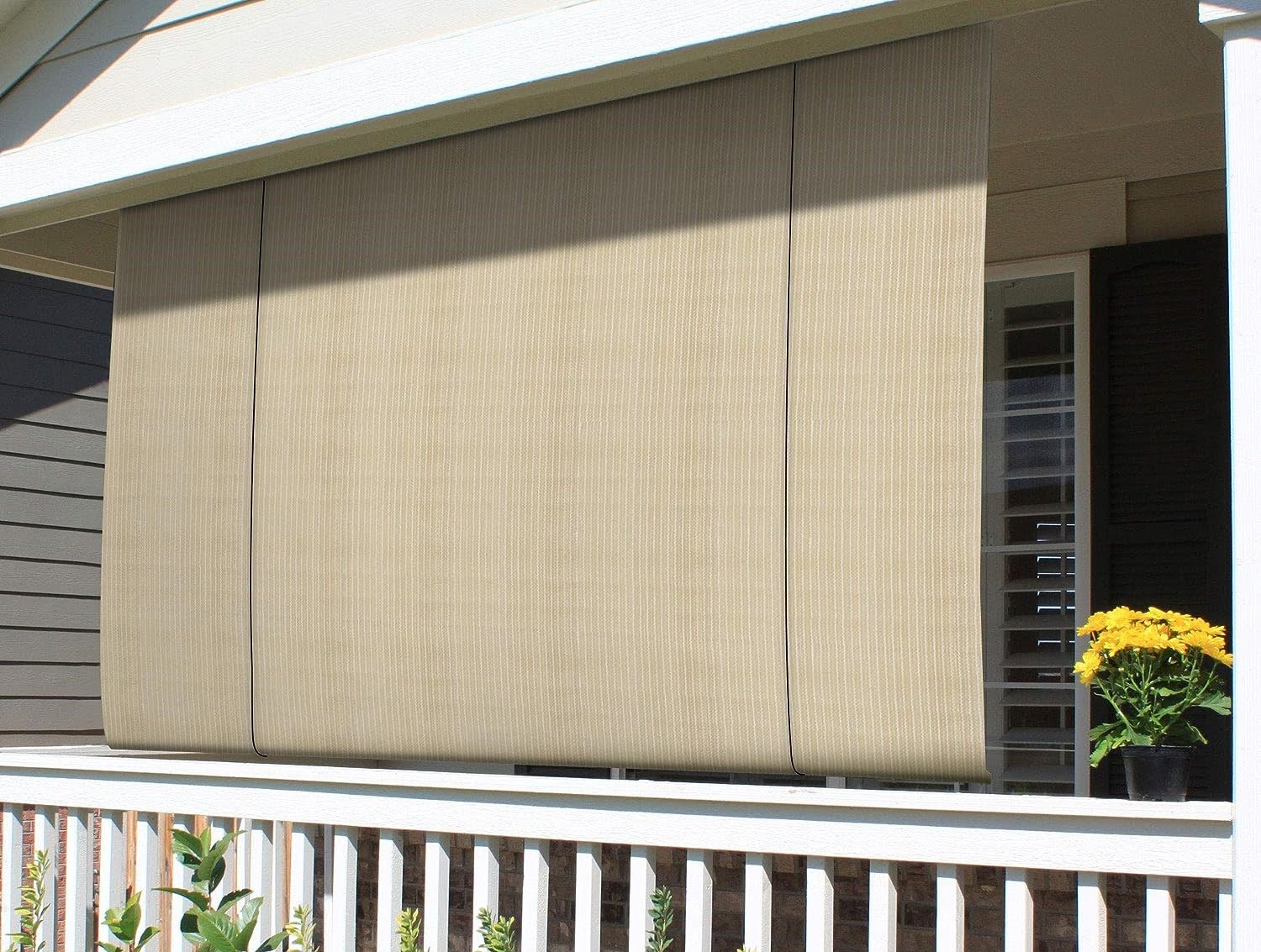
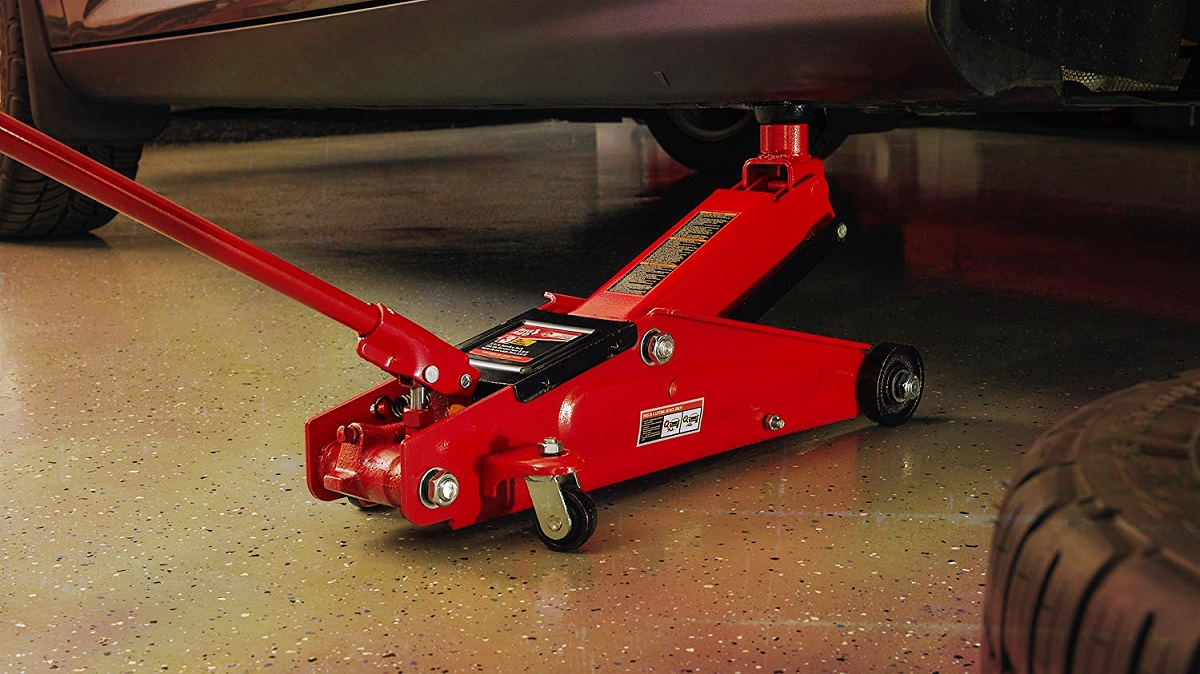


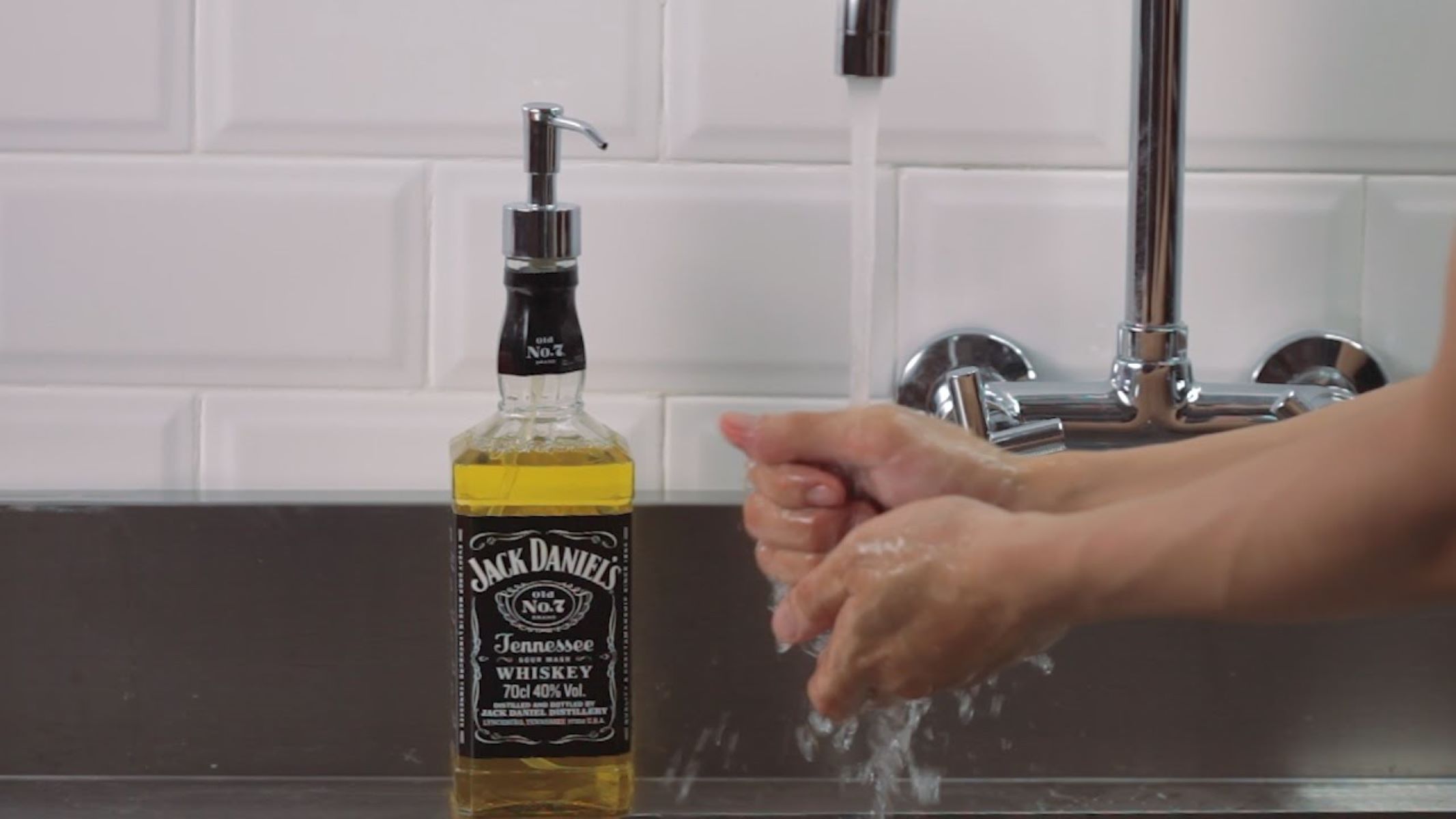

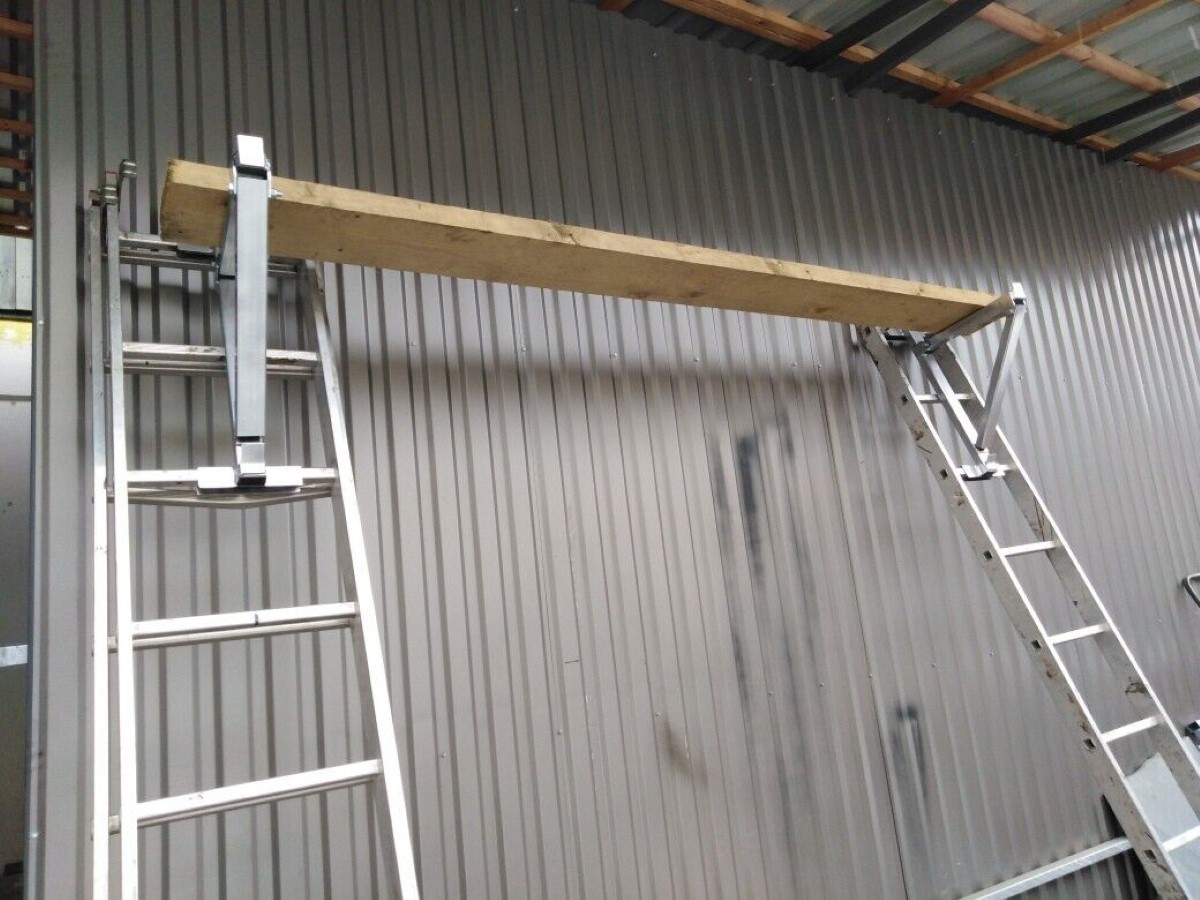

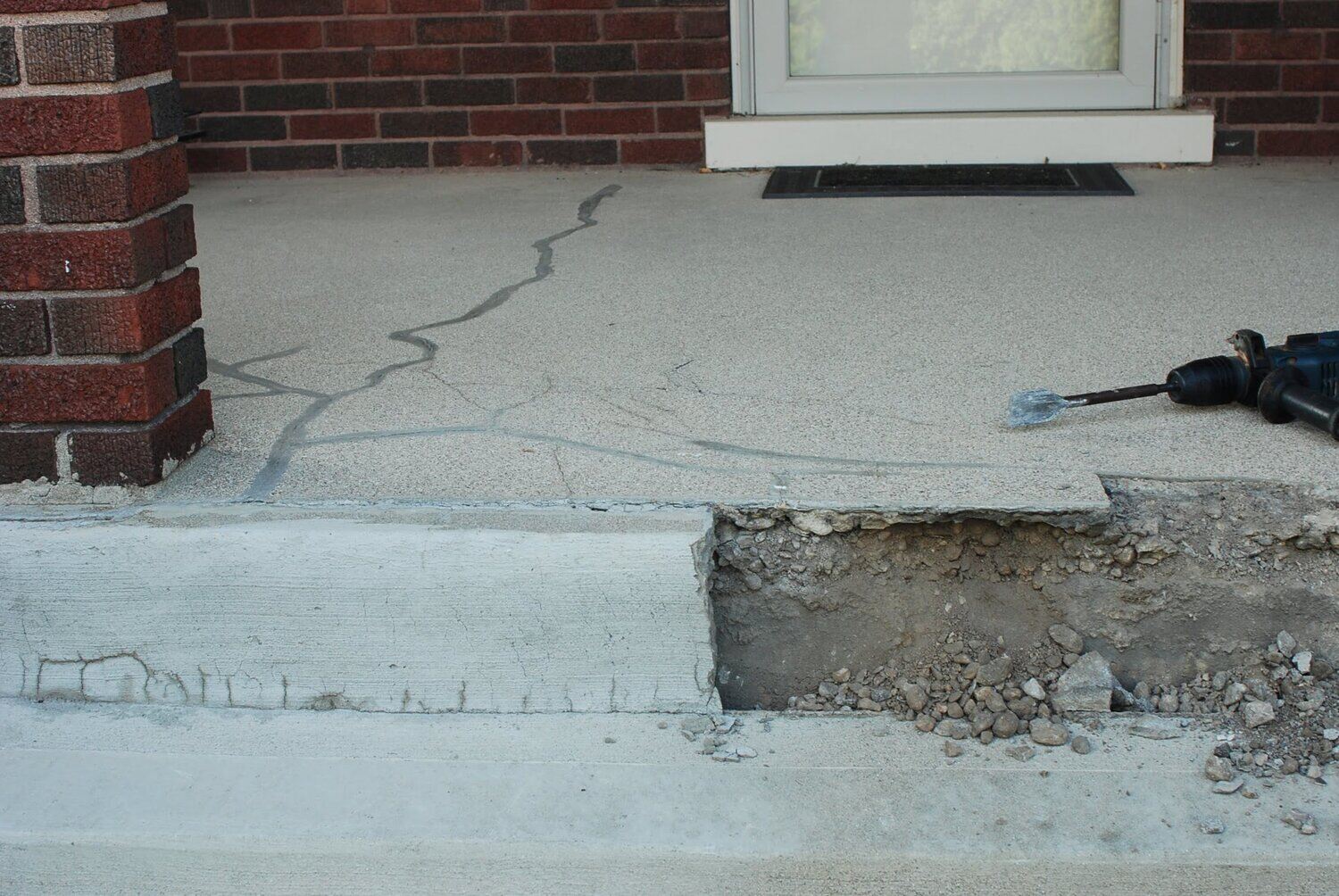

0 thoughts on “How To Jack Up A Porch”